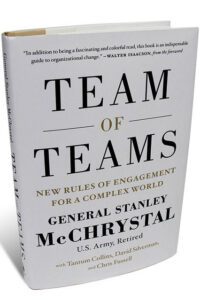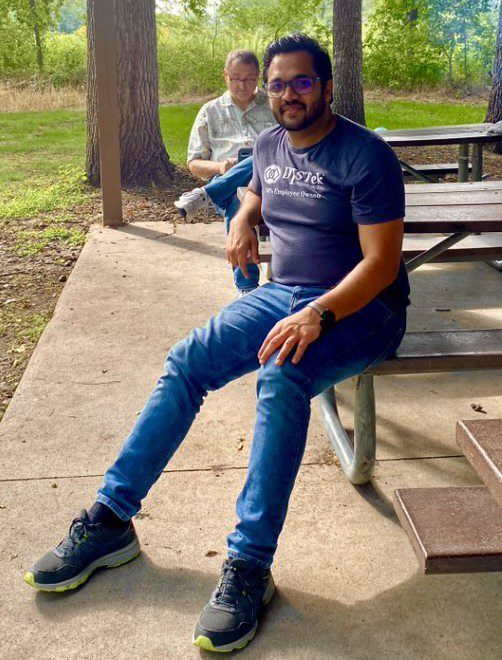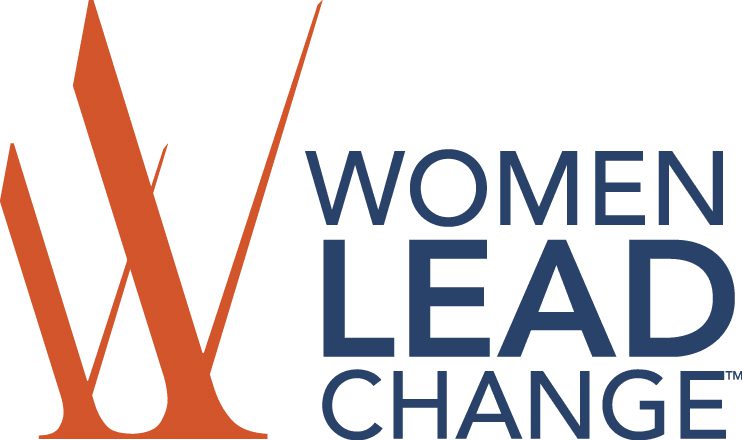
The book Team of Teams, by Stanley McChrystal, covers a lot of topics that strongly relate to the direction that DISTek is heading. Some of these concepts, such as shared consciousness, cooperation across silos, localized decision-making, and information sharing, I hope to write about in future blog posts. In this blog, however, I will discuss how the structure of Team of Teams fits with DISTek and how we are setting up our organization to be adaptable to growth.
Adaptability and scalability are essential to our reorganization, which is driven by a vision to increase in size by 1.5 times in 3 years. We realized that we needed to create a structure that we could use both today and as growth occurs, allowing the structure to be easily adapted. Our vision of a team of teams is modular, extensible, and scalable, which fits in well with our profession. When growth occurs, it’s easy to add another team. In our approach, control comes from the team, not just a hierarchical layer. Thus, the idea is we can stay flatter as an organization as teams are added.
Another reason the team of teams approach is appealing is that it matches well with our desire to follow Agile practices. We’ve tailored our team size around the Agile approach of 5-9 people. We have even adopted the Agile team structure for non-engineering teams, such as our Business Development Team and our Engineering Management Team.
In engineering, we are divided into two types of services. We have teams that focus on single customers, which we call customer teams, and we have teams that take on projects from many customers, which we call custom teams.
In our customer teams, we are shrinking the size of our teams, along with making sure everyone belongs to a team. We are trying to create close-knit teams that share goals. This helps create pride in the teams, enhances problem-solving, increases the ability to share knowledge, and creates a better ownership culture.
In the case of our custom teams, a team has authority to interact with customers, drive business, and cross-train where necessary. In order to succeed at this, our team leads are more involved in quoting new projects, resource allocation, project management and customer relations. To balance this, they also have profitability goals. In essence, our desire is for each team to function as autonomously as possible, yet have the backing of a management and sales team and infrastructure of a 24 year old company.
And as an ESOP company, ownership culture is important to us. We realize that moving forward we must build on the successes of the past, but be unafraid to make changes that will lead to a better and stronger company. We look forward to the future.




